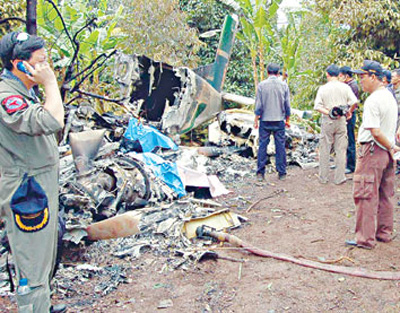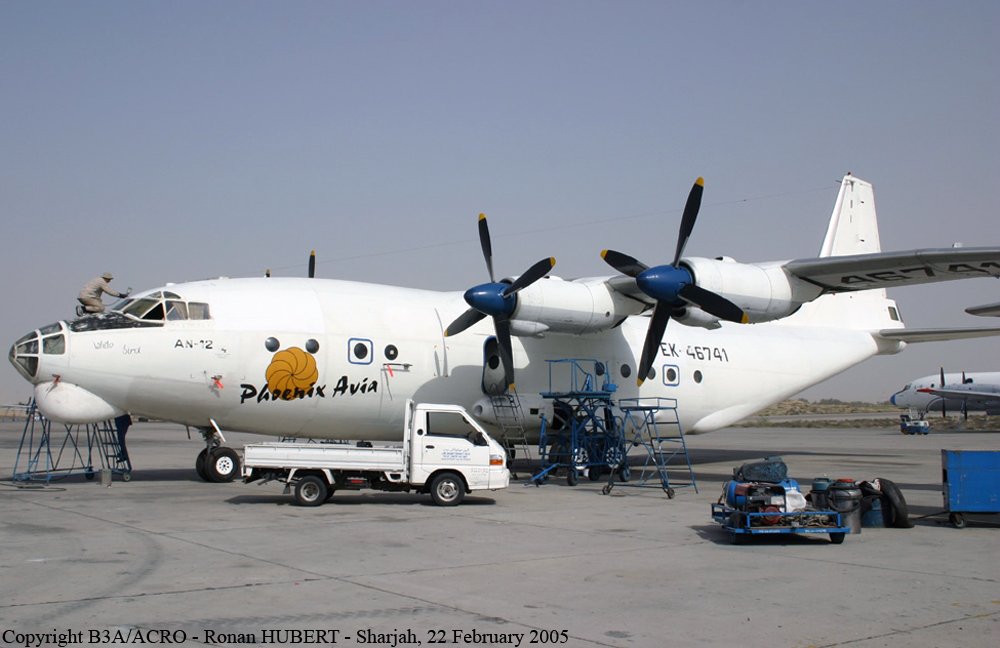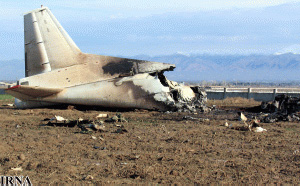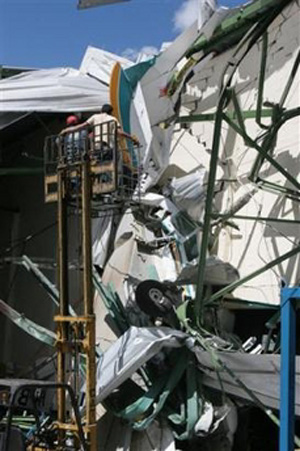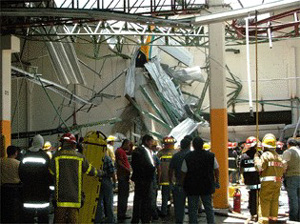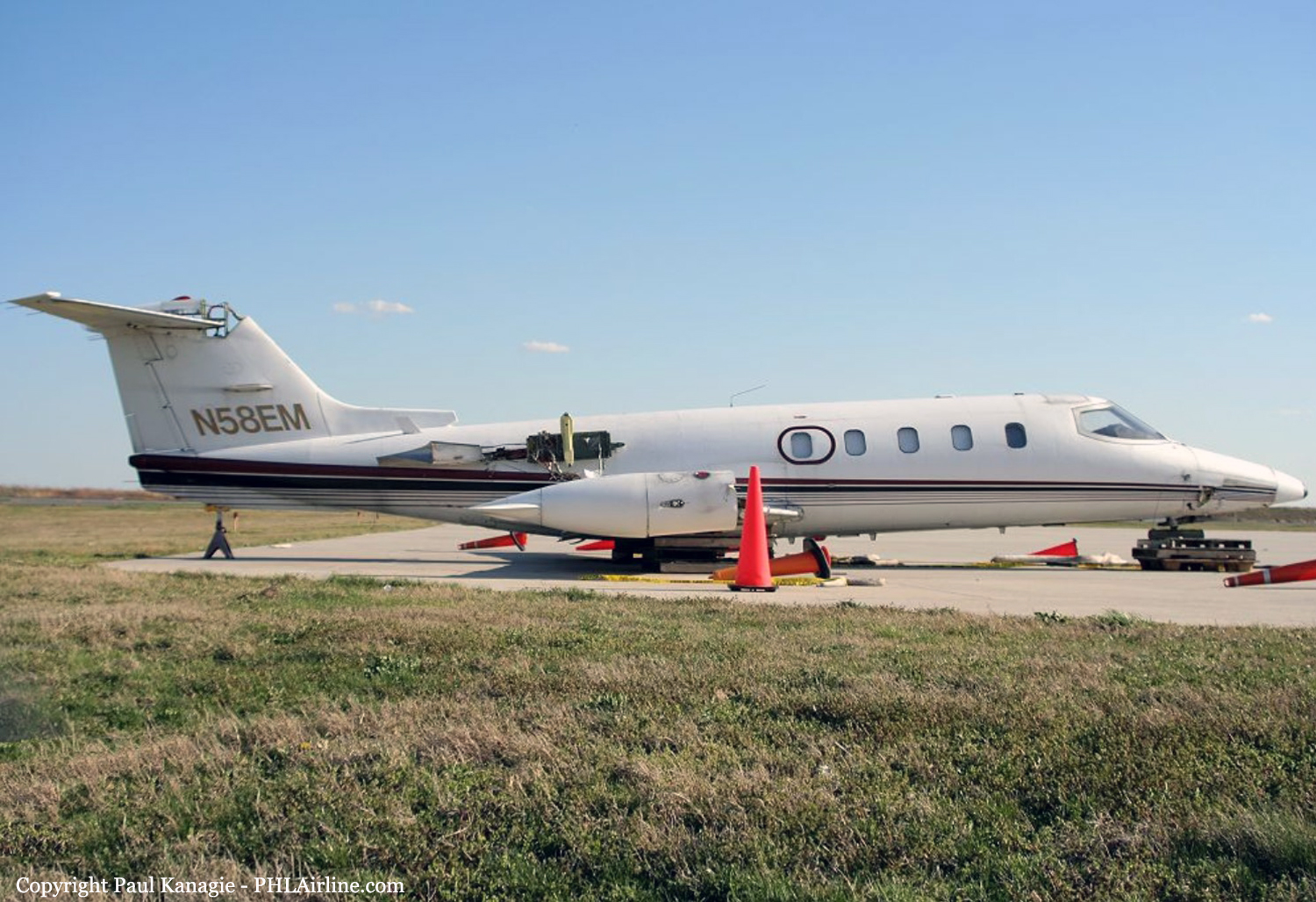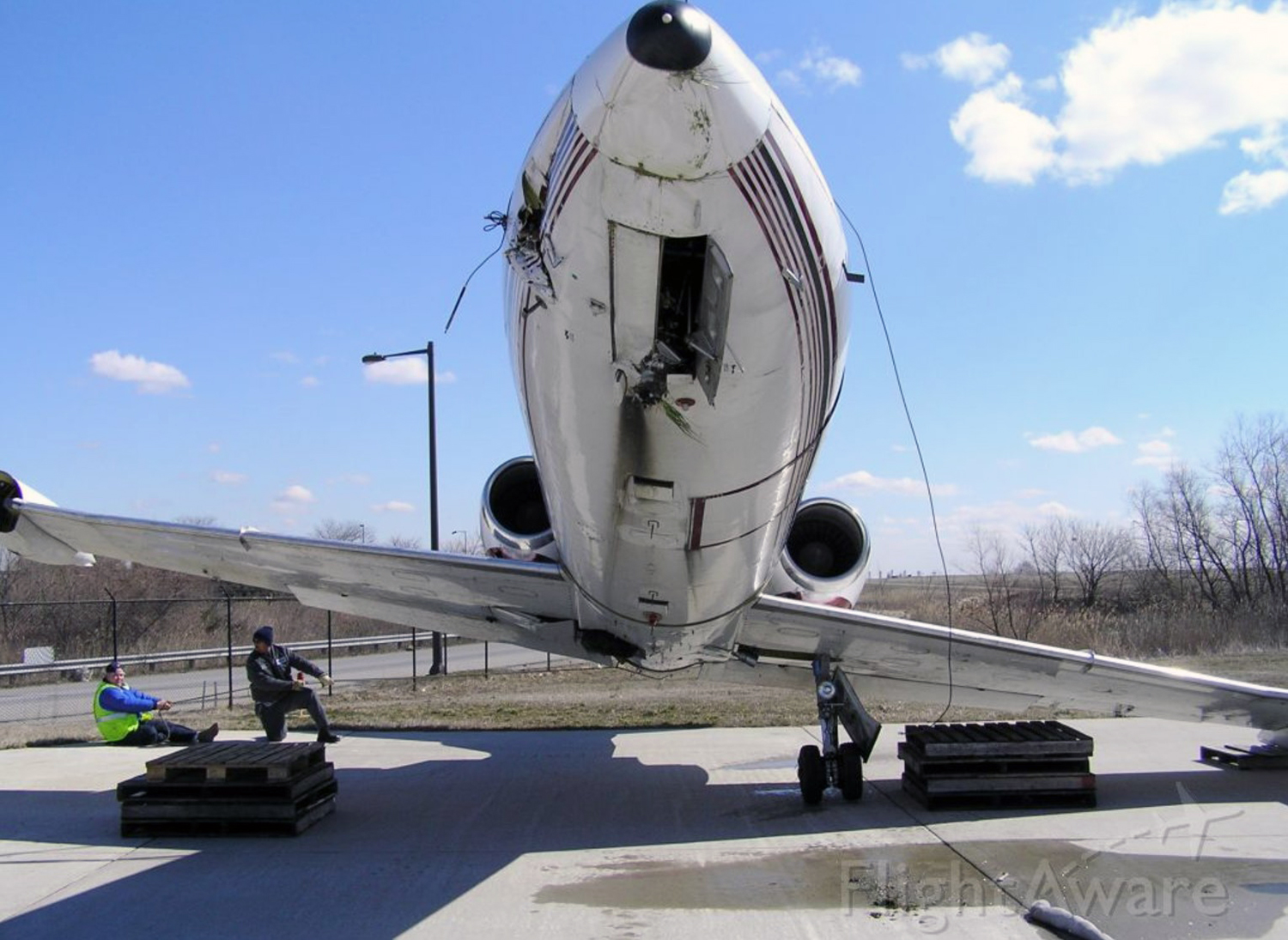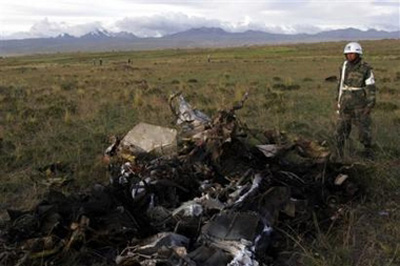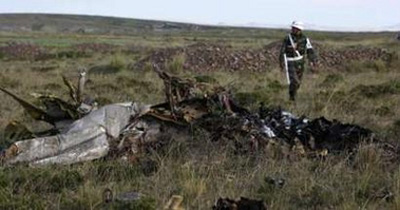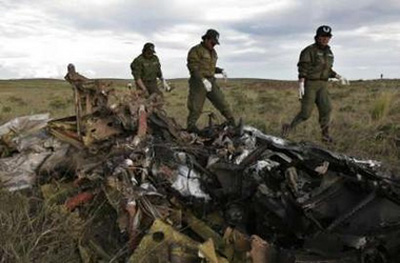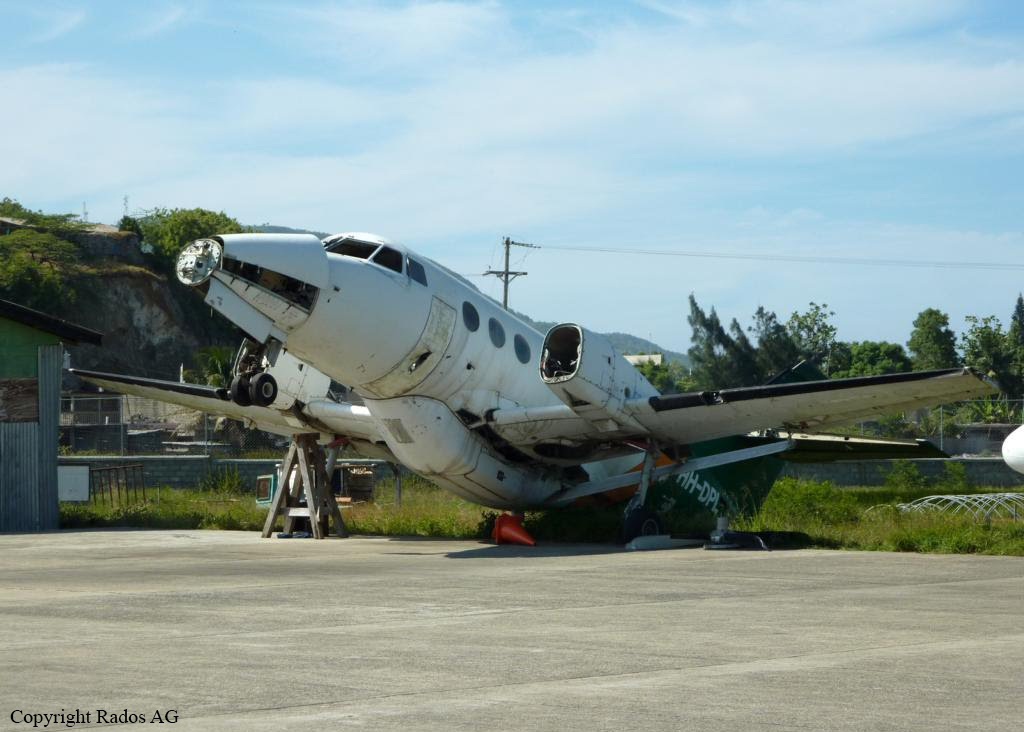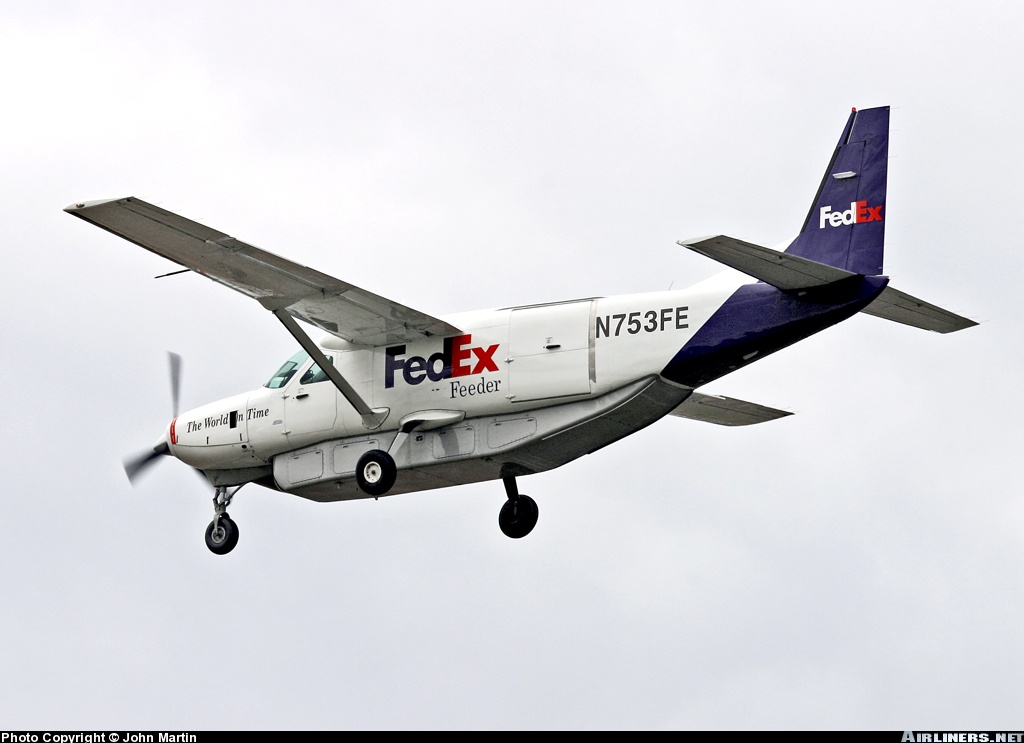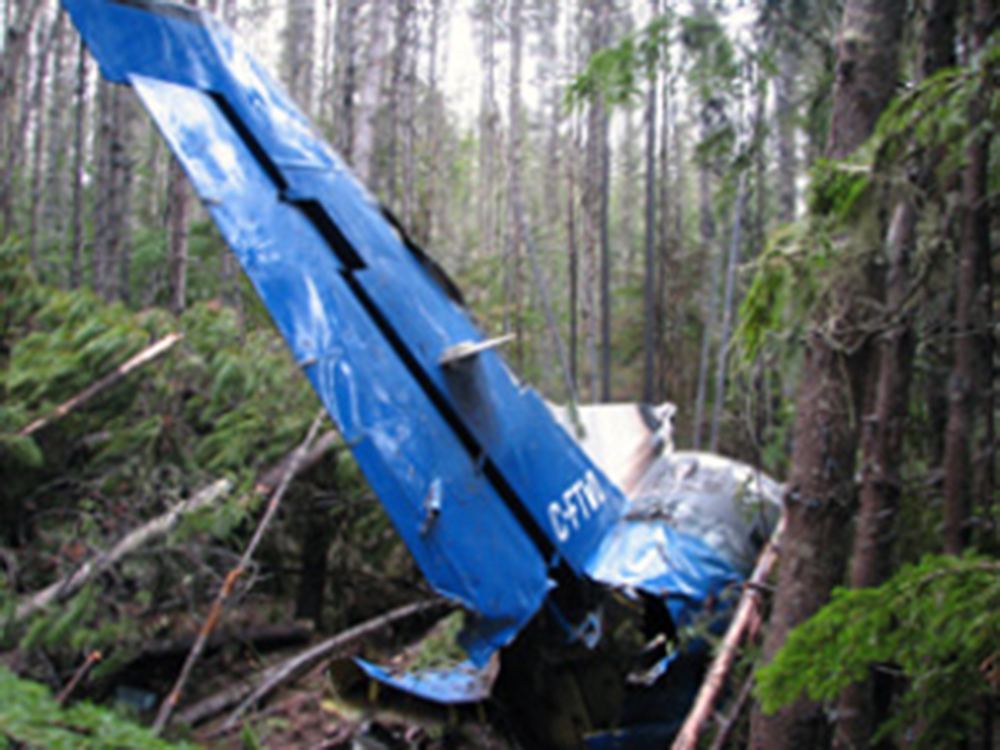Crash of a Pilatus PC-6/B2-H4 Turbo Porter in Chanthaburi: 4 killed
Date & Time:
Mar 29, 2006
Registration:
1312
Survivors:
Yes
Schedule:
Chanthaburi - Chanthaburi
MSN:
754
YOM:
1975
Crew on board:
1
Crew fatalities:
Pax on board:
4
Pax fatalities:
Other fatalities:
Total fatalities:
4
Circumstances:
The aircraft departed Chanthaburi Airport for a cloud-seeding mission with four passengers and a pilot on board. Shortly after takeoff, while climbing, the engine failed. The aircraft stalled and crashed, bursting into flames. A passenger was seriously injured while four other occupants were killed.
Probable cause:
Engine failure for unknown reasons.
